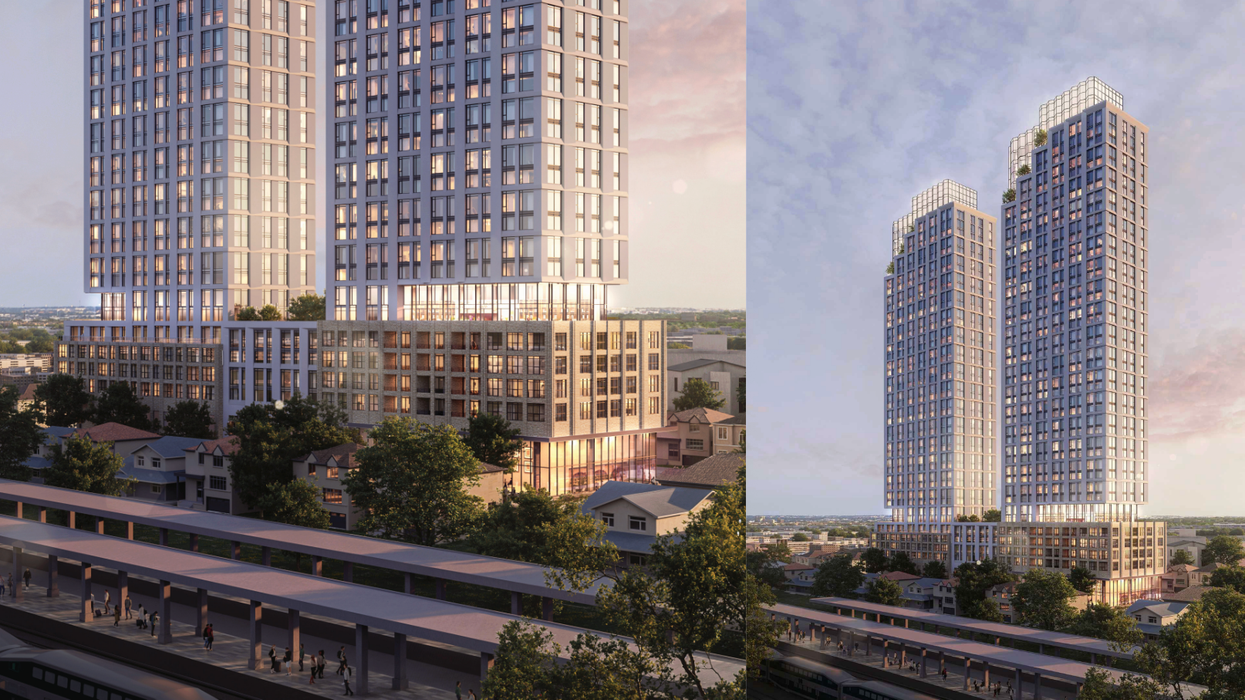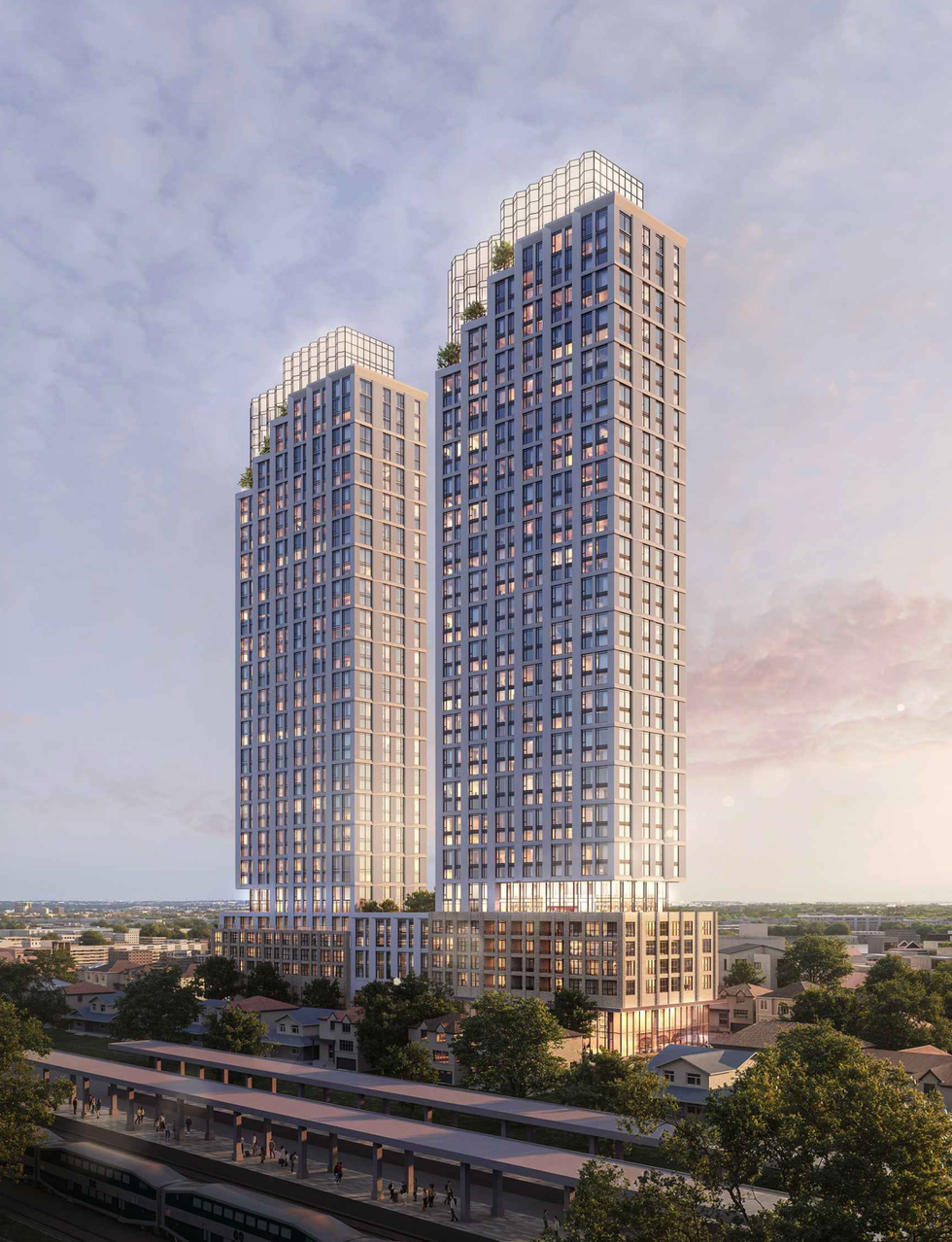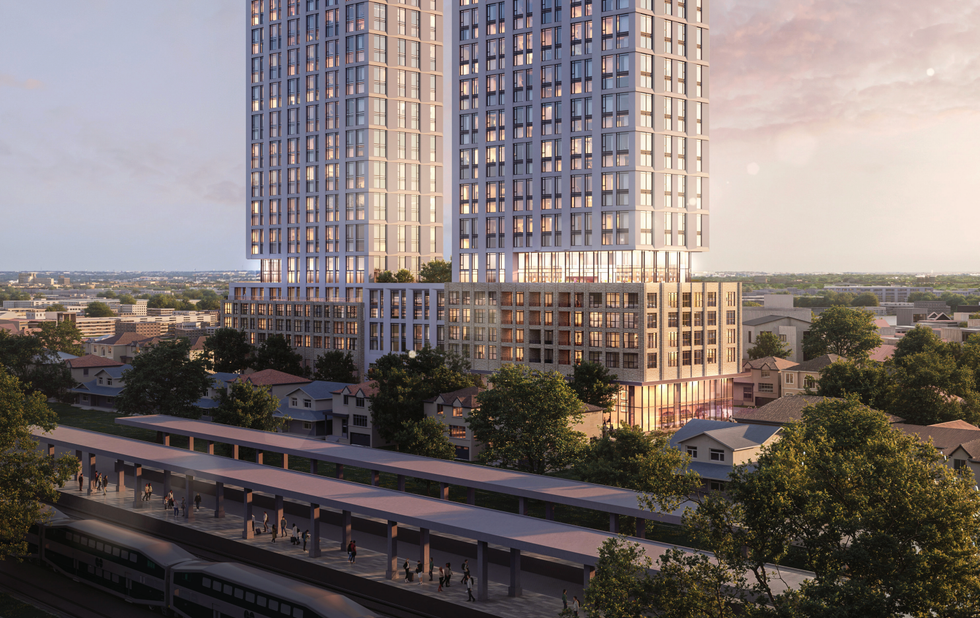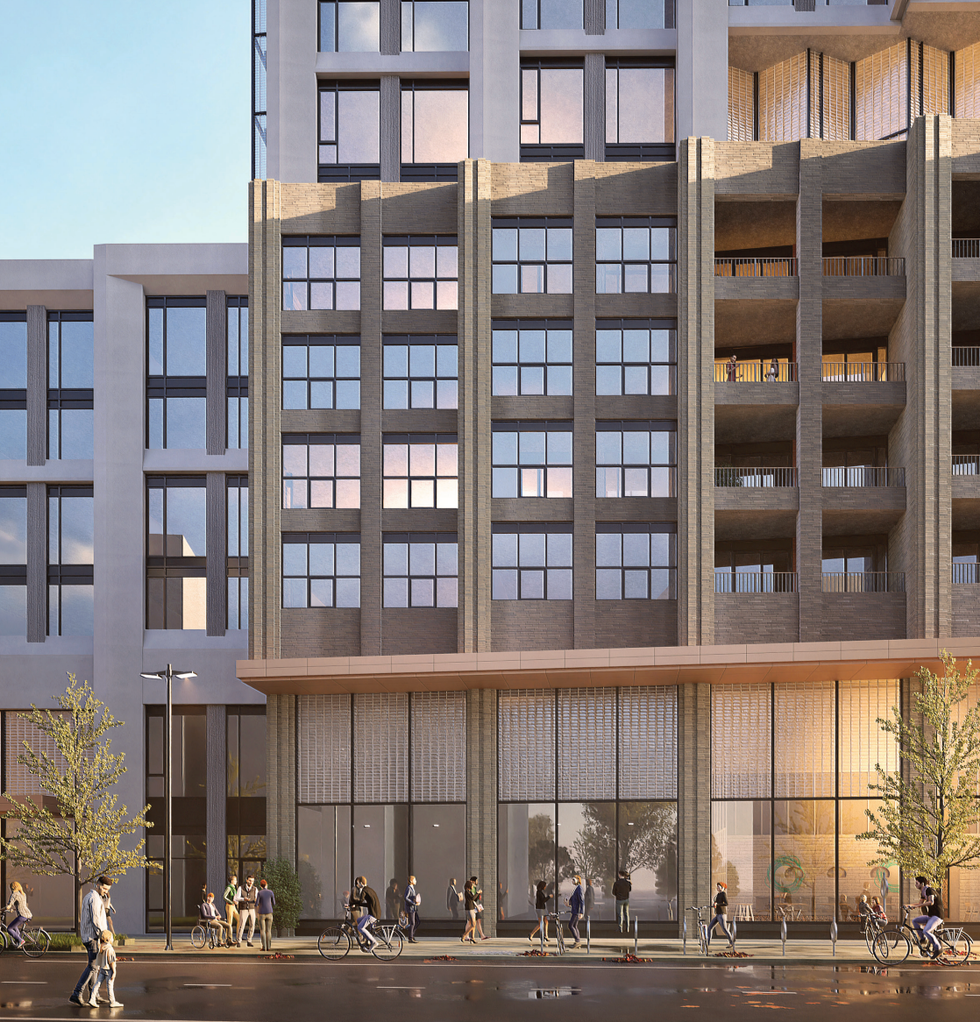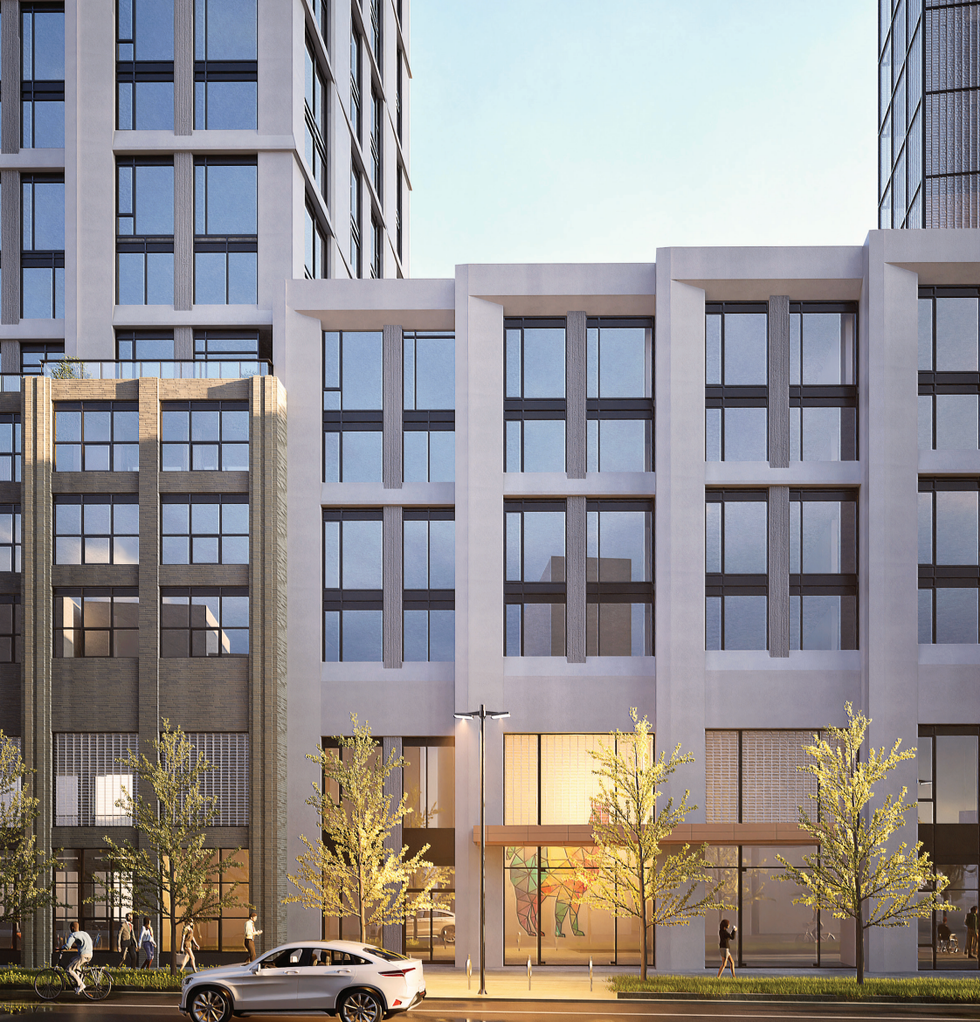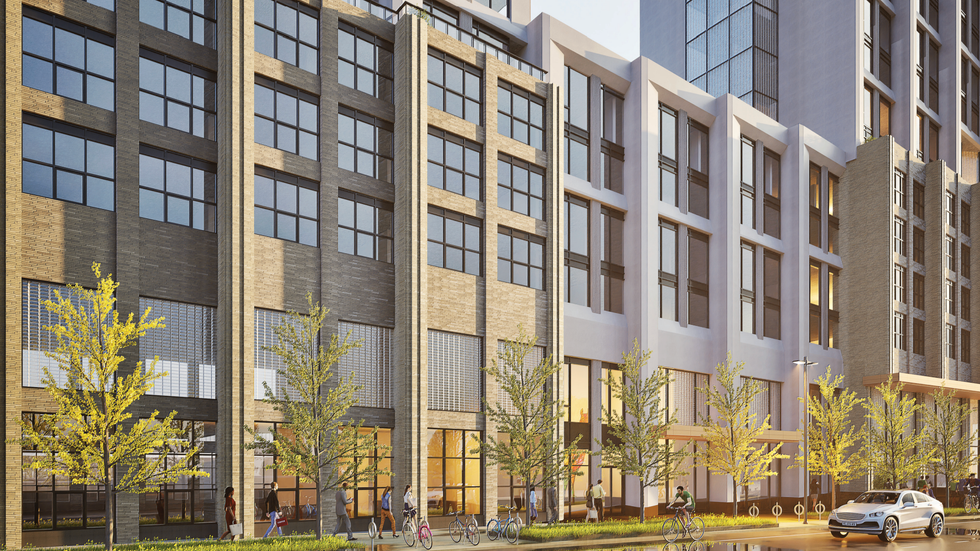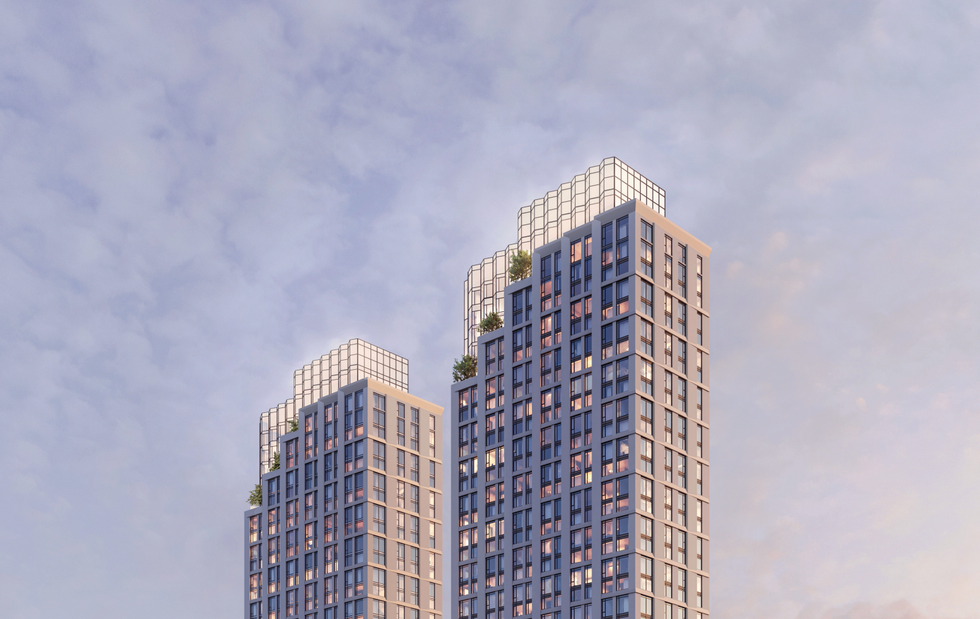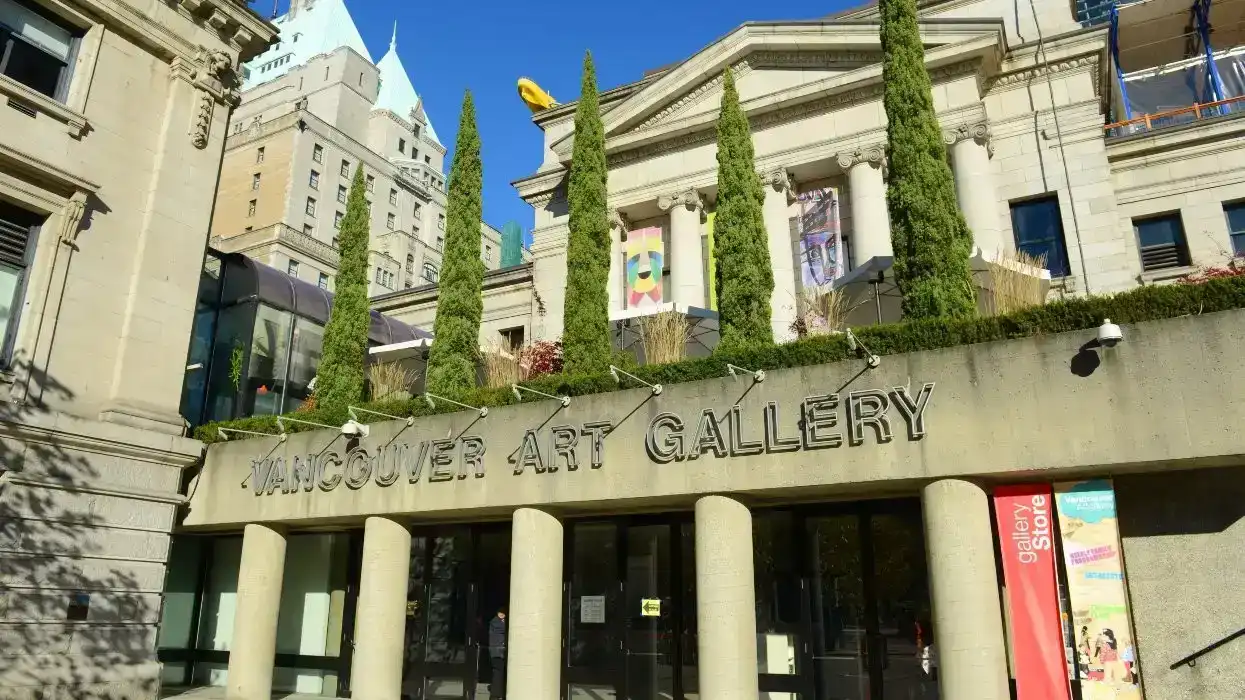Common Area Maintenance
Learn about common area maintenance (CAM) in Canadian commercial real estate — what it covers, how it’s billed, and why it matters.
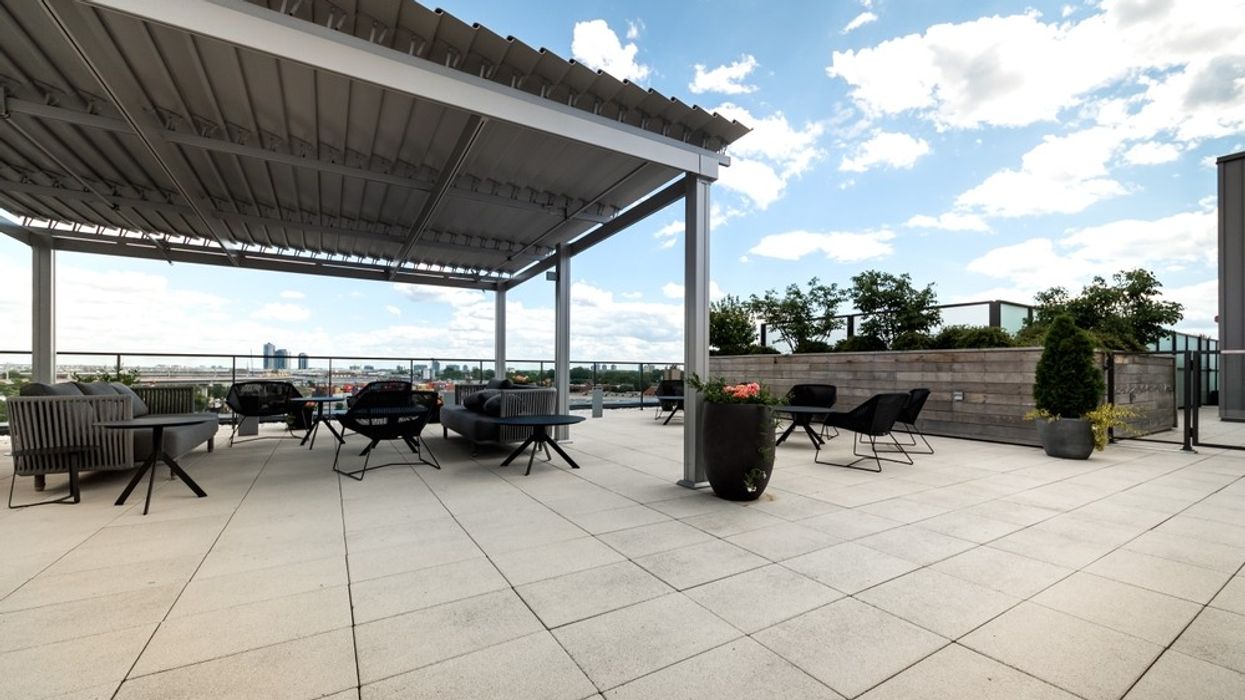
August 07, 2025
What is Common Area Maintenance?
Common area maintenance (CAM) refers to the costs associated with maintaining and operating shared spaces in multi-tenant properties.
Why Common Area Maintenance Matters in Real Estate
In Canadian commercial real estate, CAM charges are billed to tenants in proportion to their leased space to cover upkeep and management of common areas.
Examples:
- Landscaping and snow removal
- Security, lighting, and janitorial services
- Repairs and maintenance for shared facilities
Understanding CAM charges helps tenants and landlords budget and negotiate lease terms effectively.
Example of Common Area Maintenance in Action
The retail tenant reviewed the lease’s CAM clause to understand how shared maintenance costs would be calculated and billed.
Key Takeaways
- Covers maintenance costs of shared areas
- Billed to tenants based on leased space proportion
- Common in commercial leases
- Includes security, cleaning, and repairs
- Important for lease negotiations and budgeting
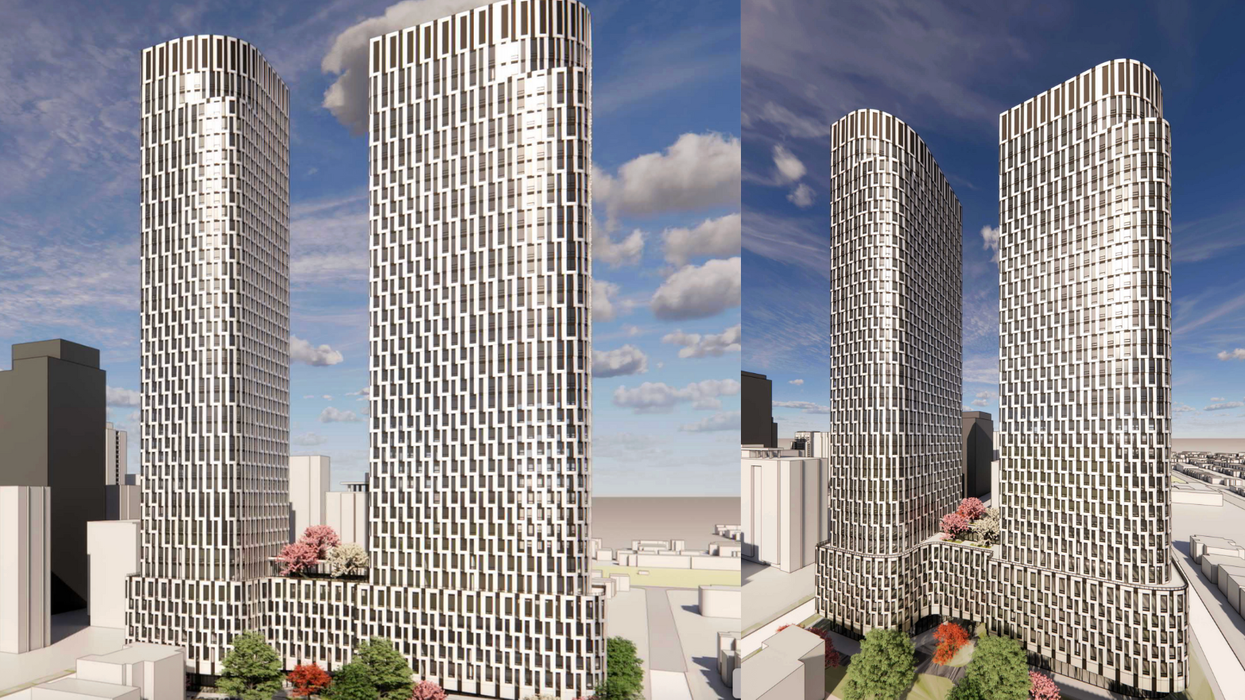
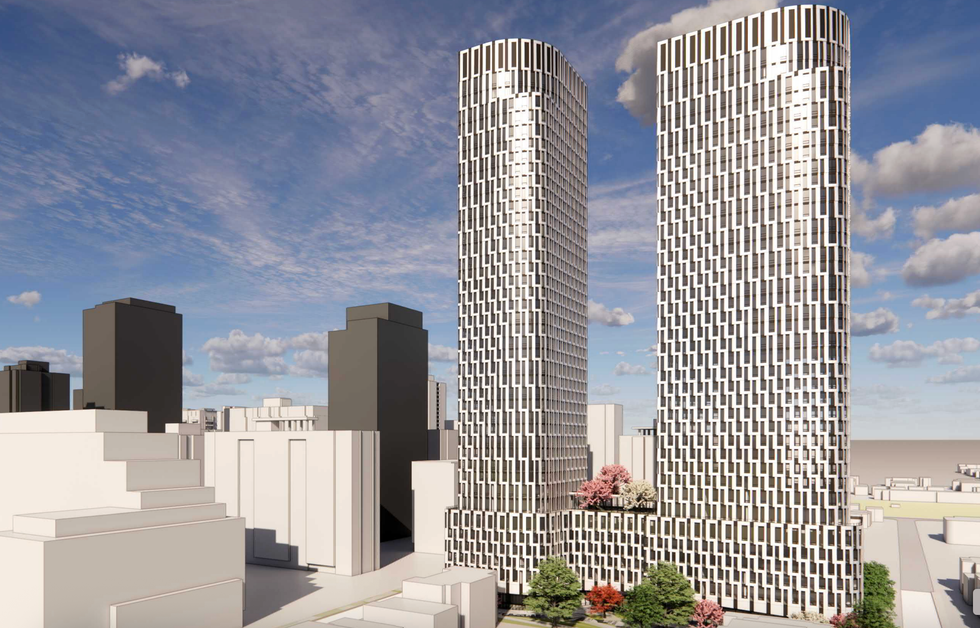

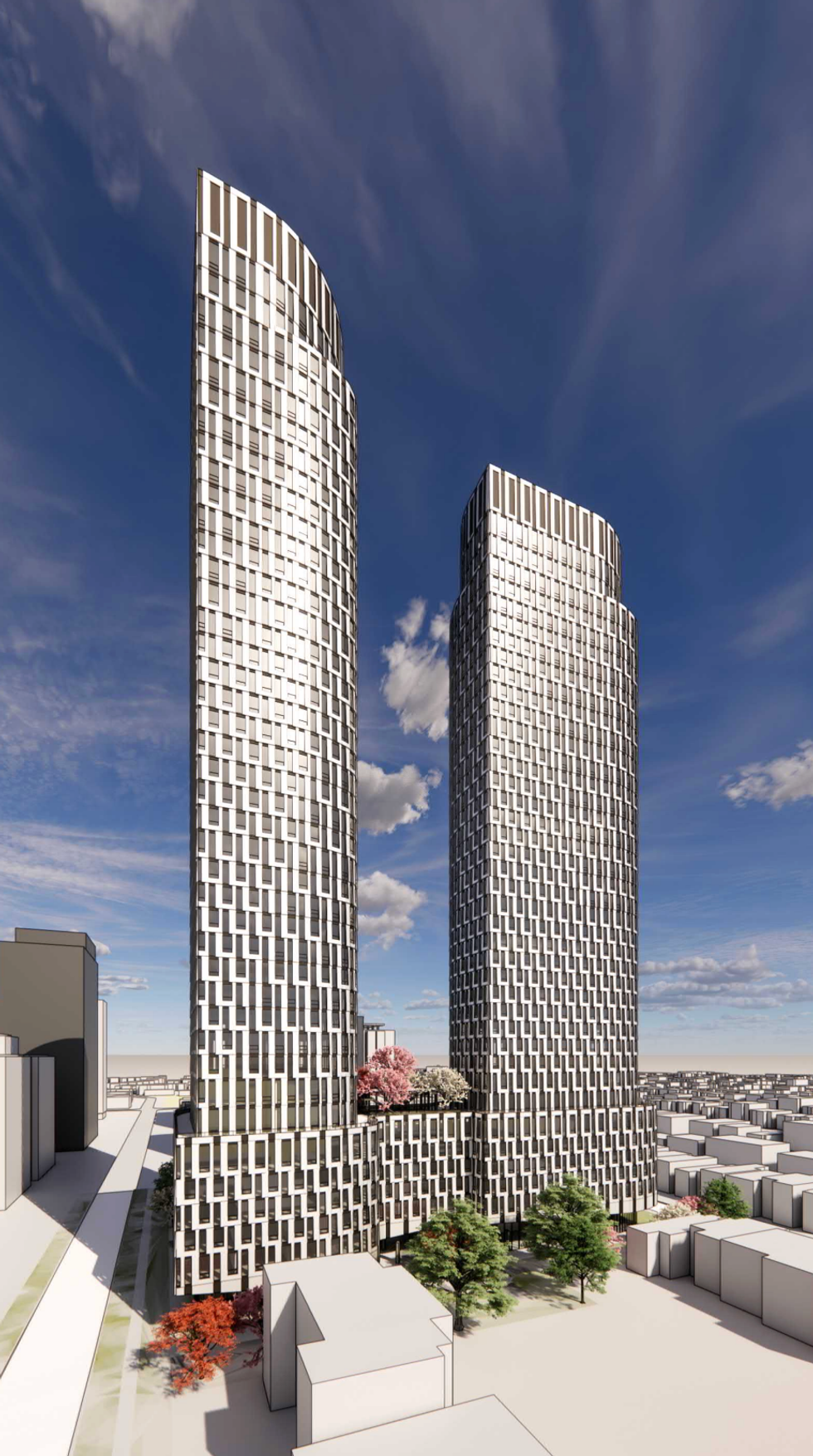
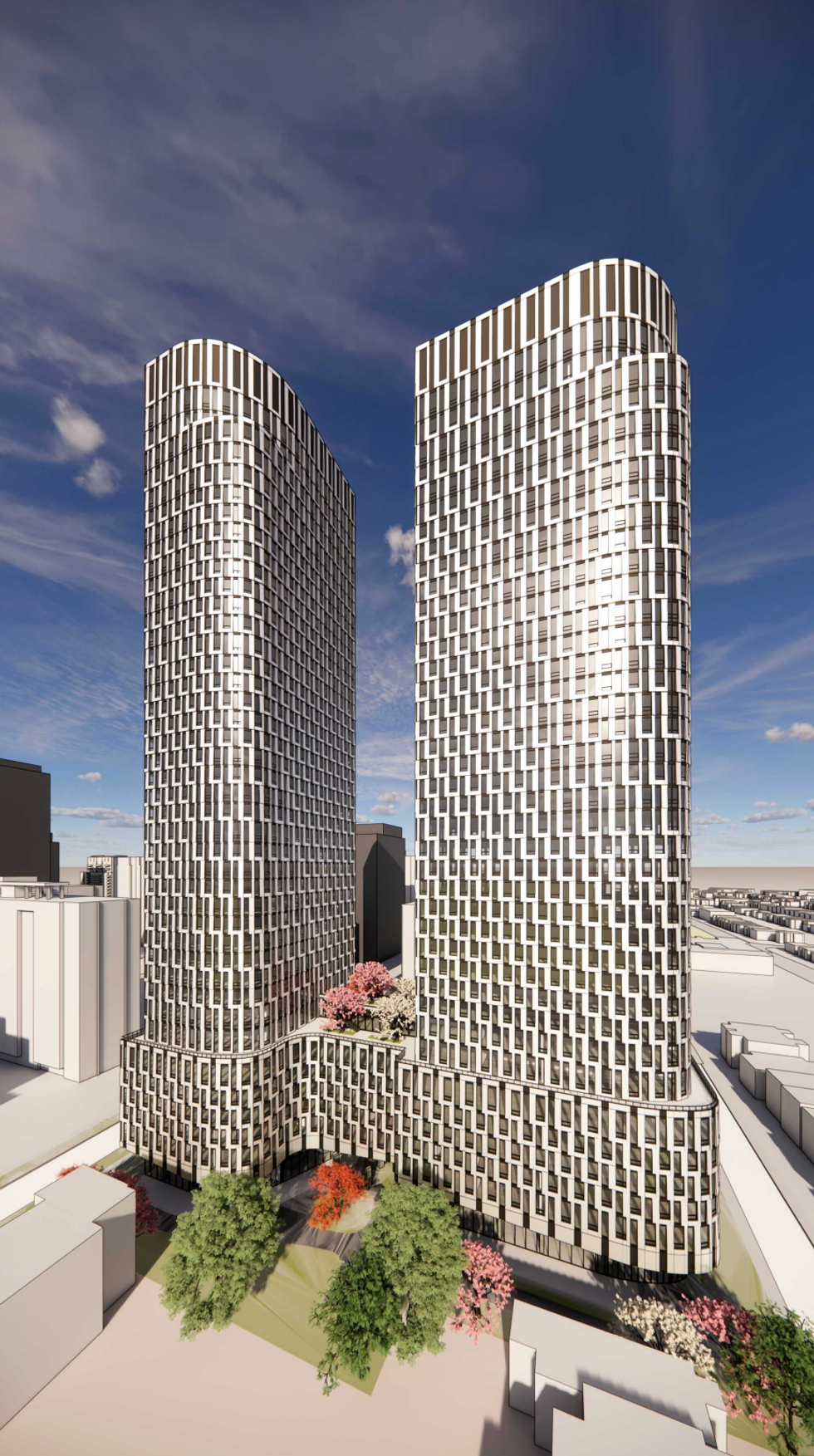
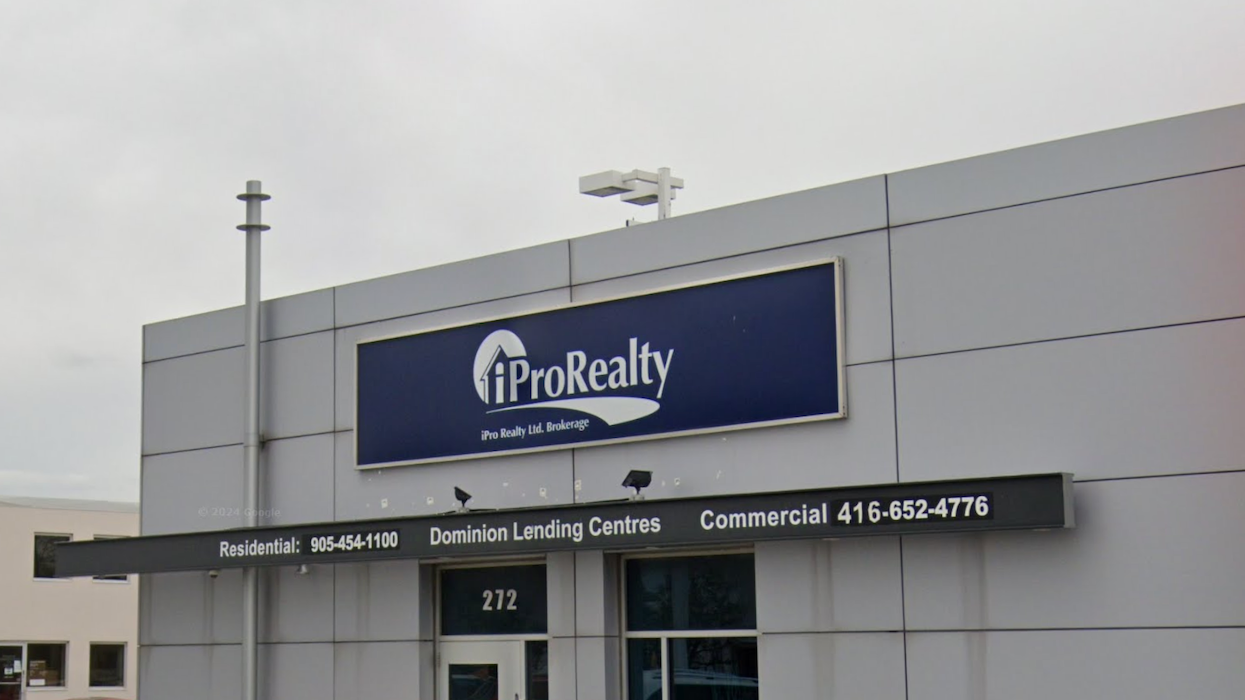

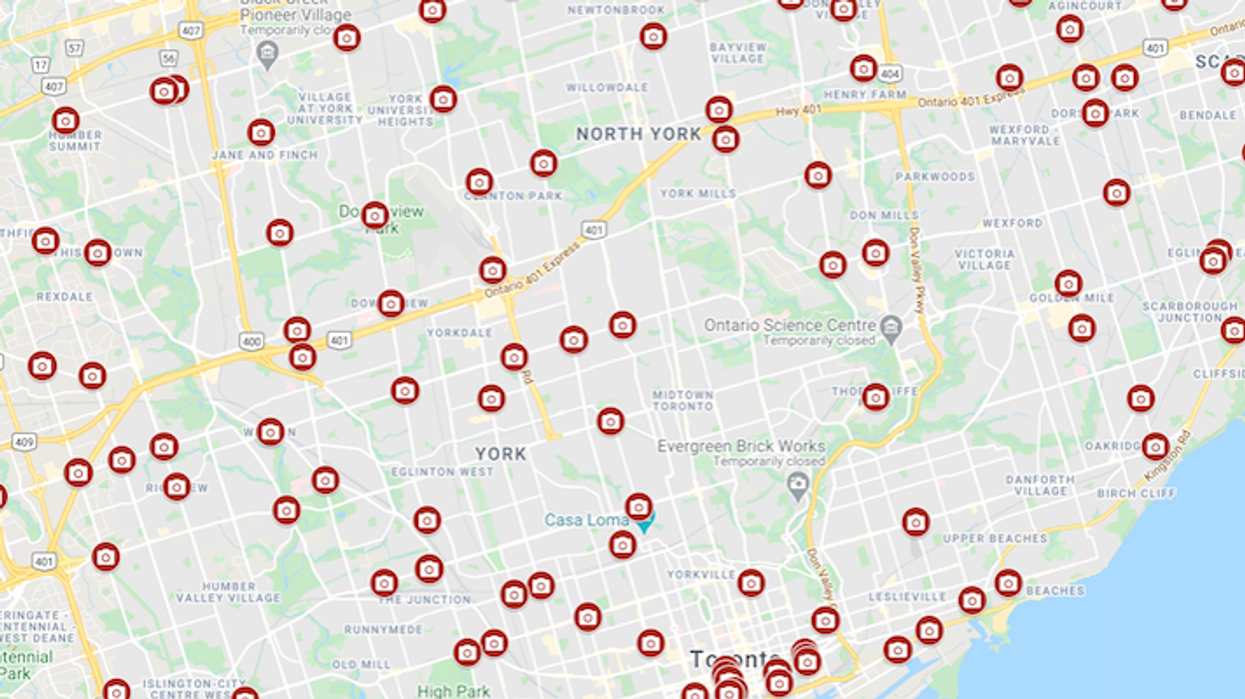
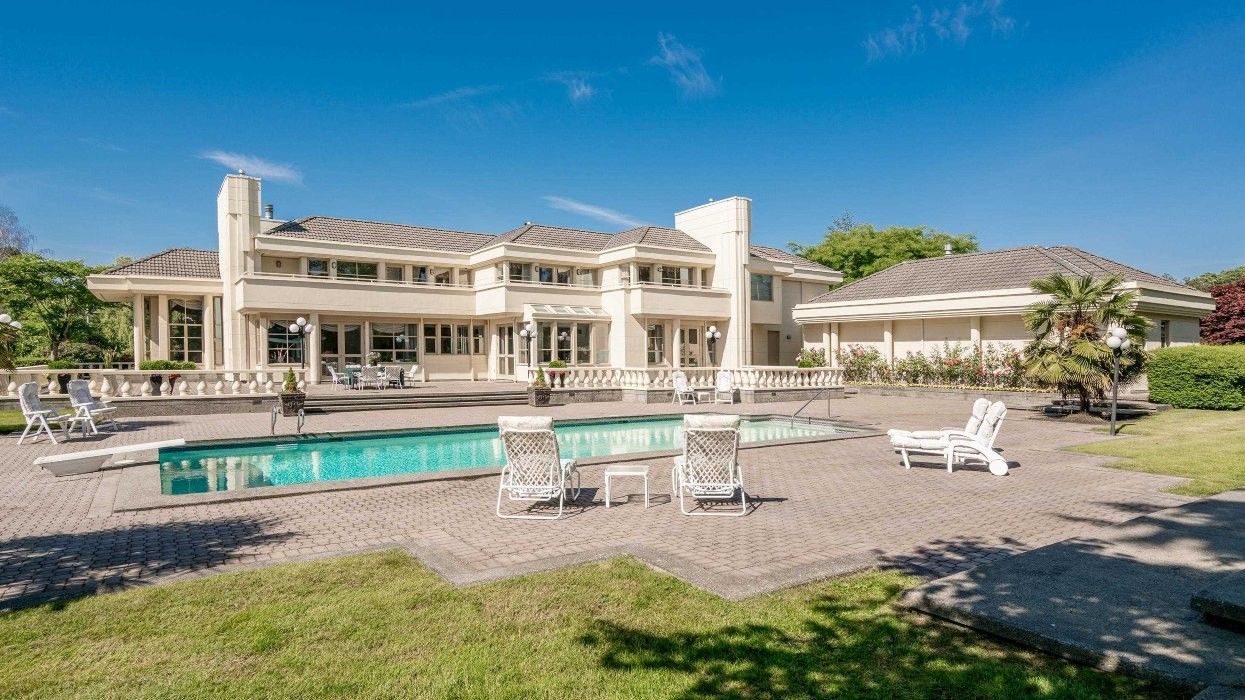
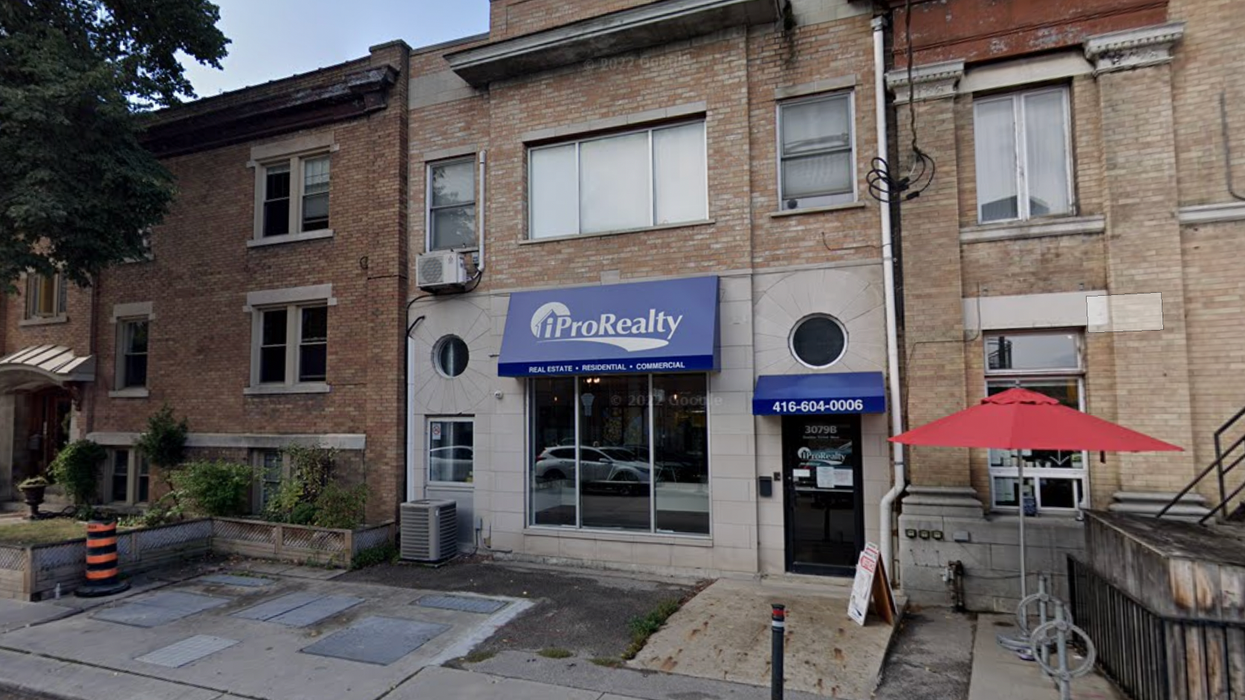
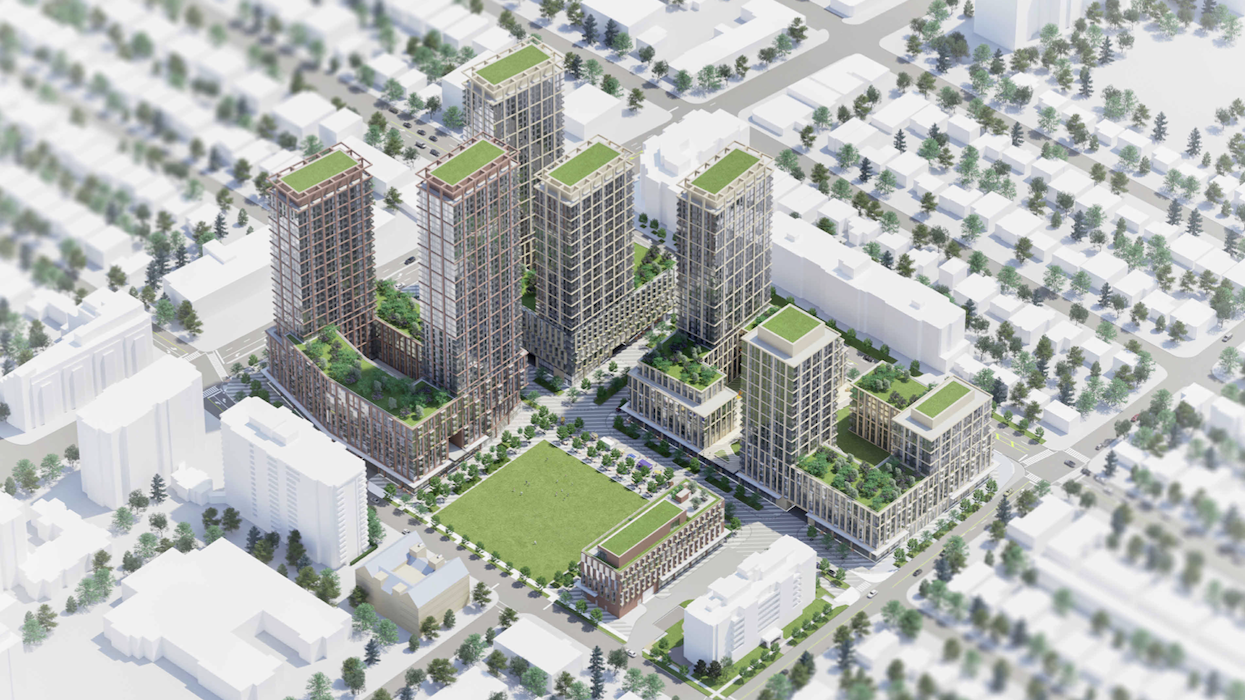
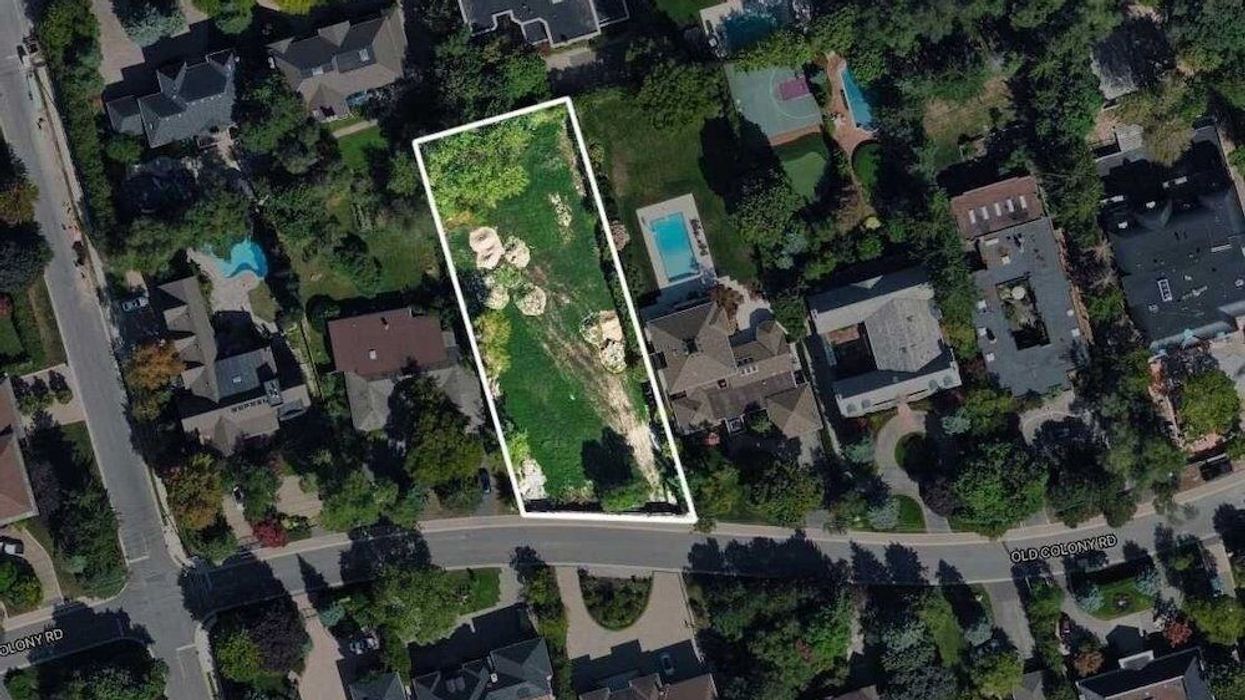
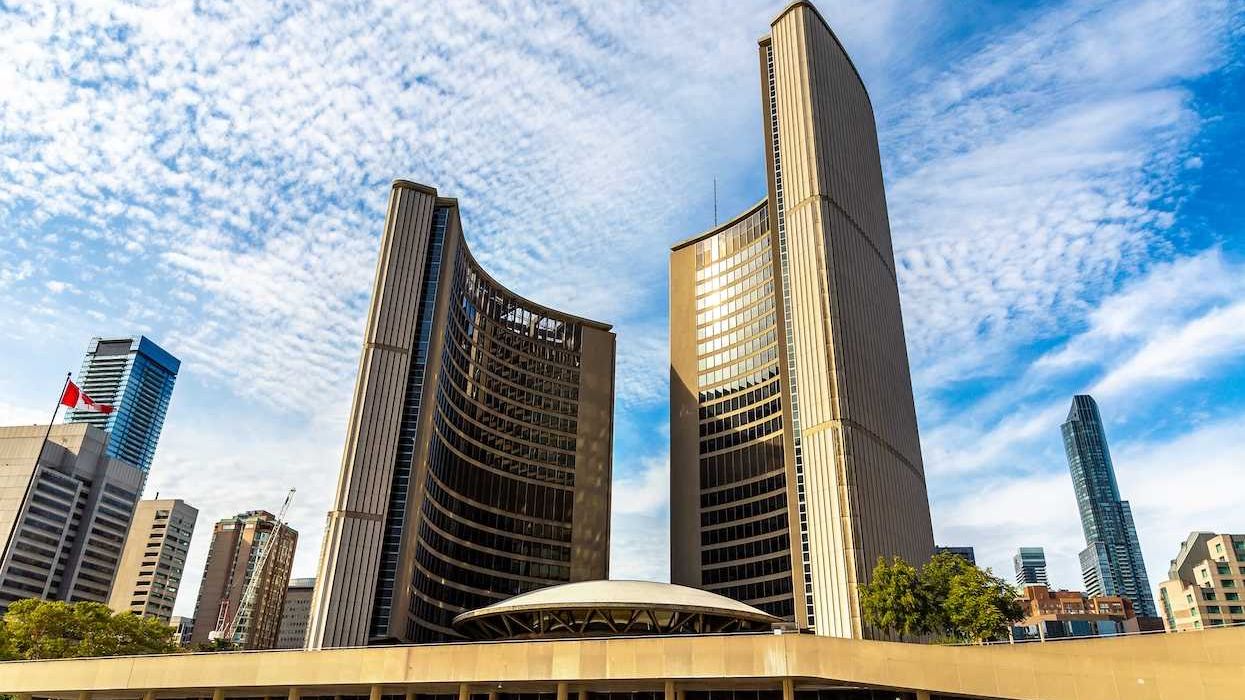
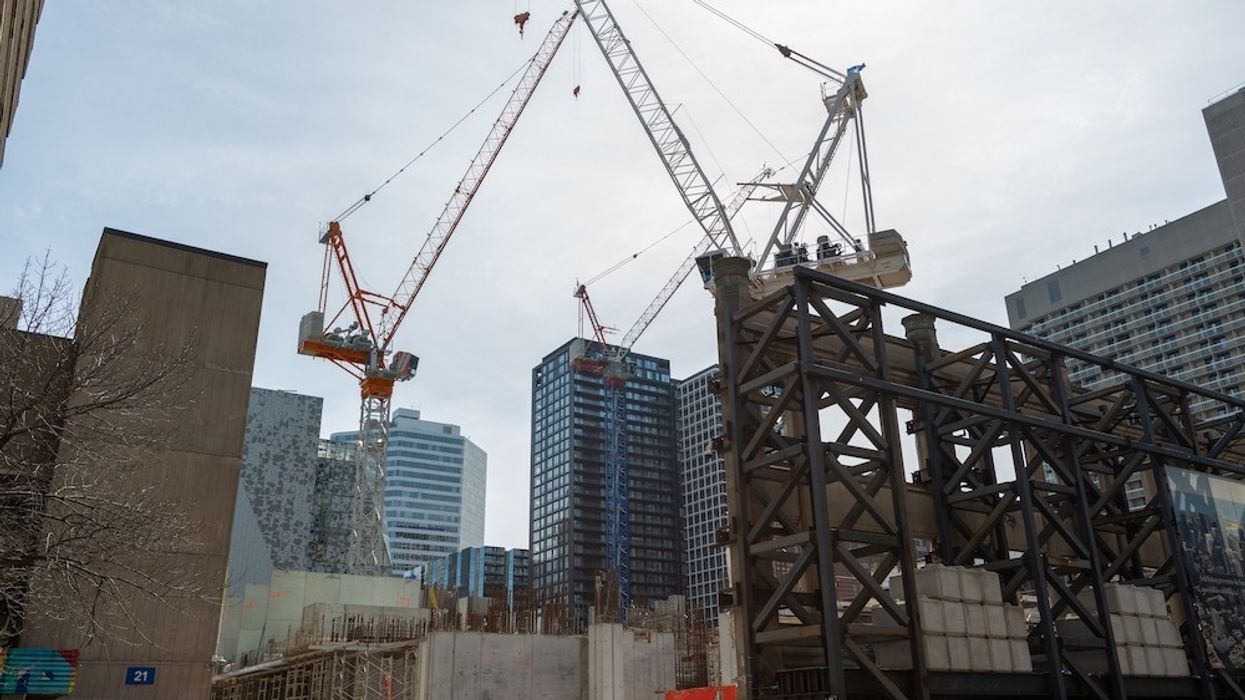
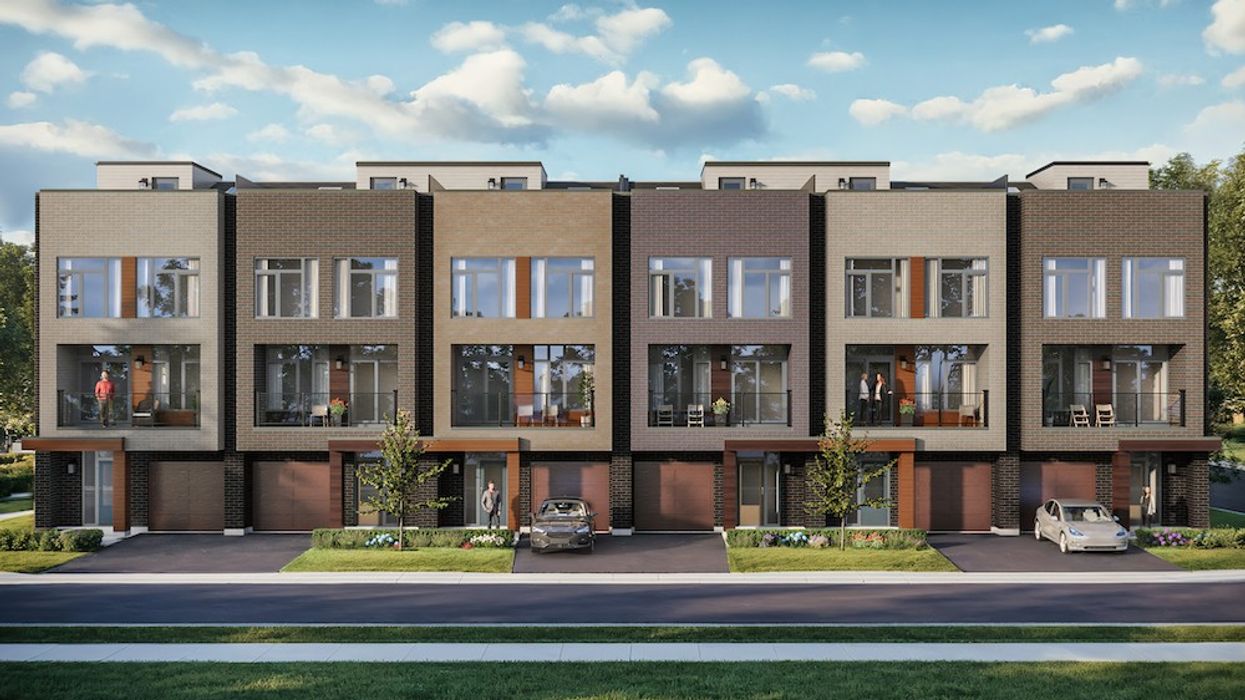
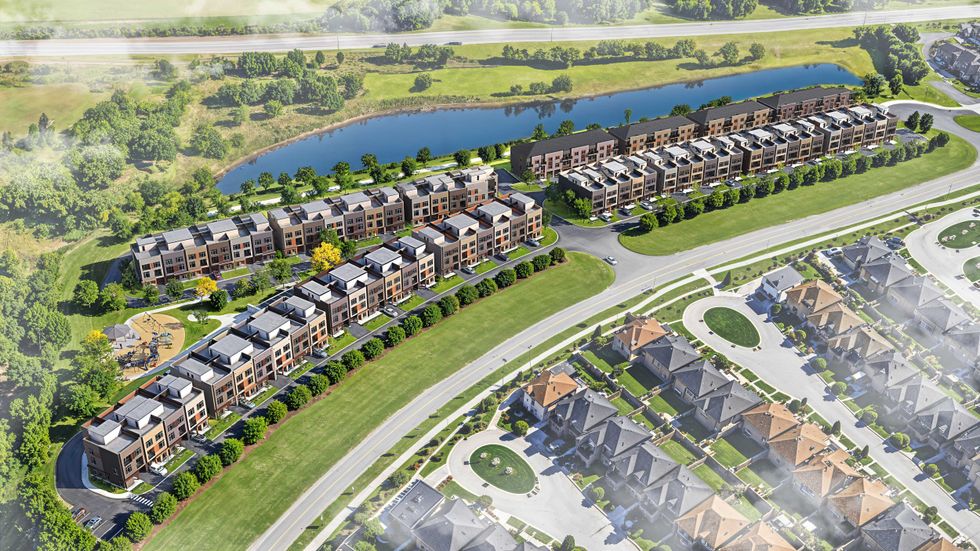 Camcos Living
Camcos Living Shutterstock
Shutterstock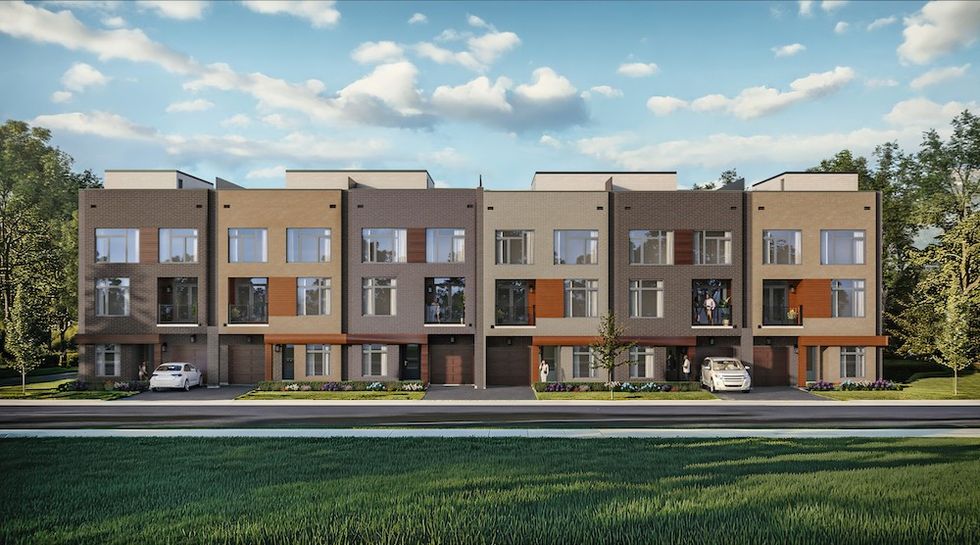 Little Rouge Block G/Camcos
Little Rouge Block G/Camcos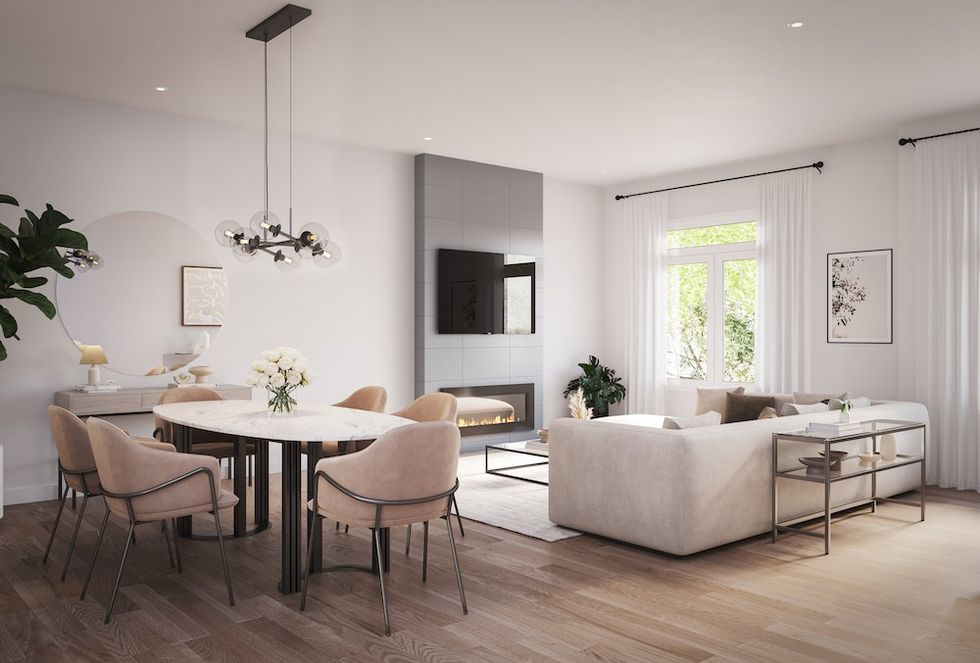 Camcos Living
Camcos Living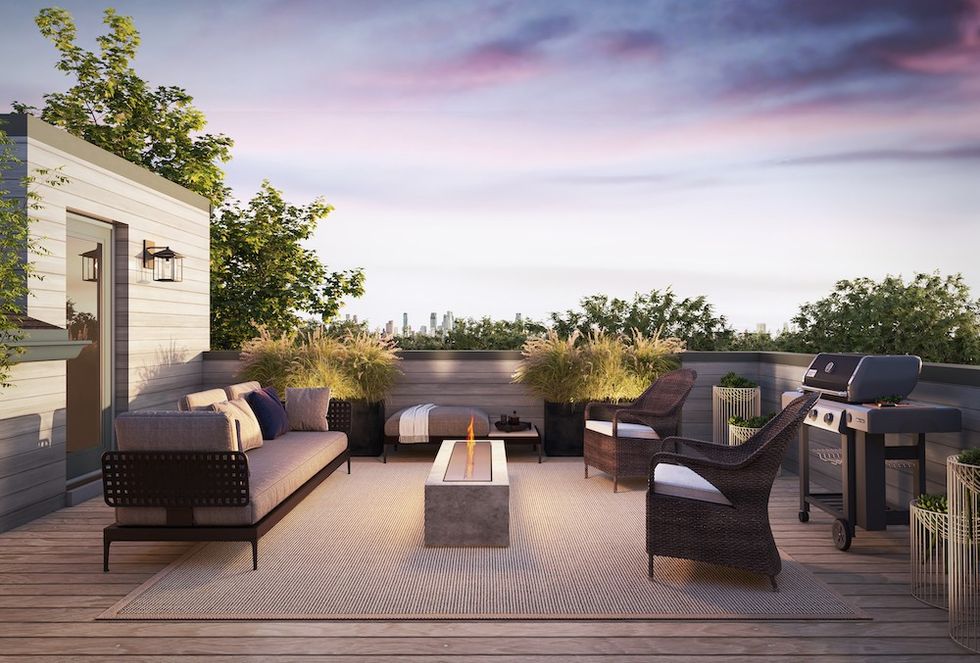 Camcos Living
Camcos Living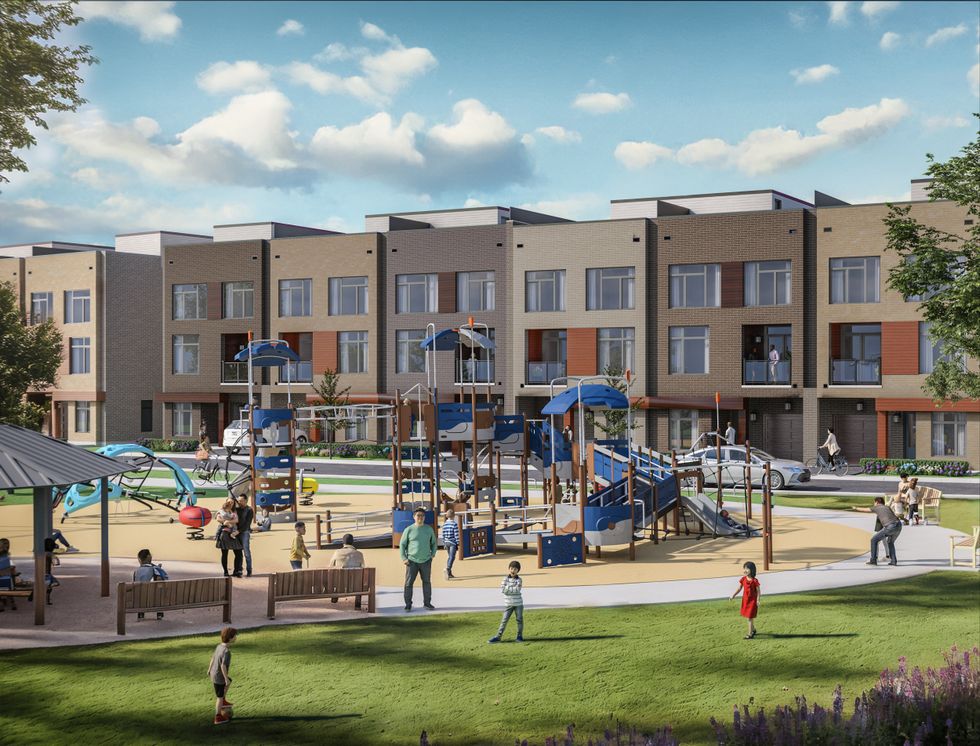 Camcos
Camcos
